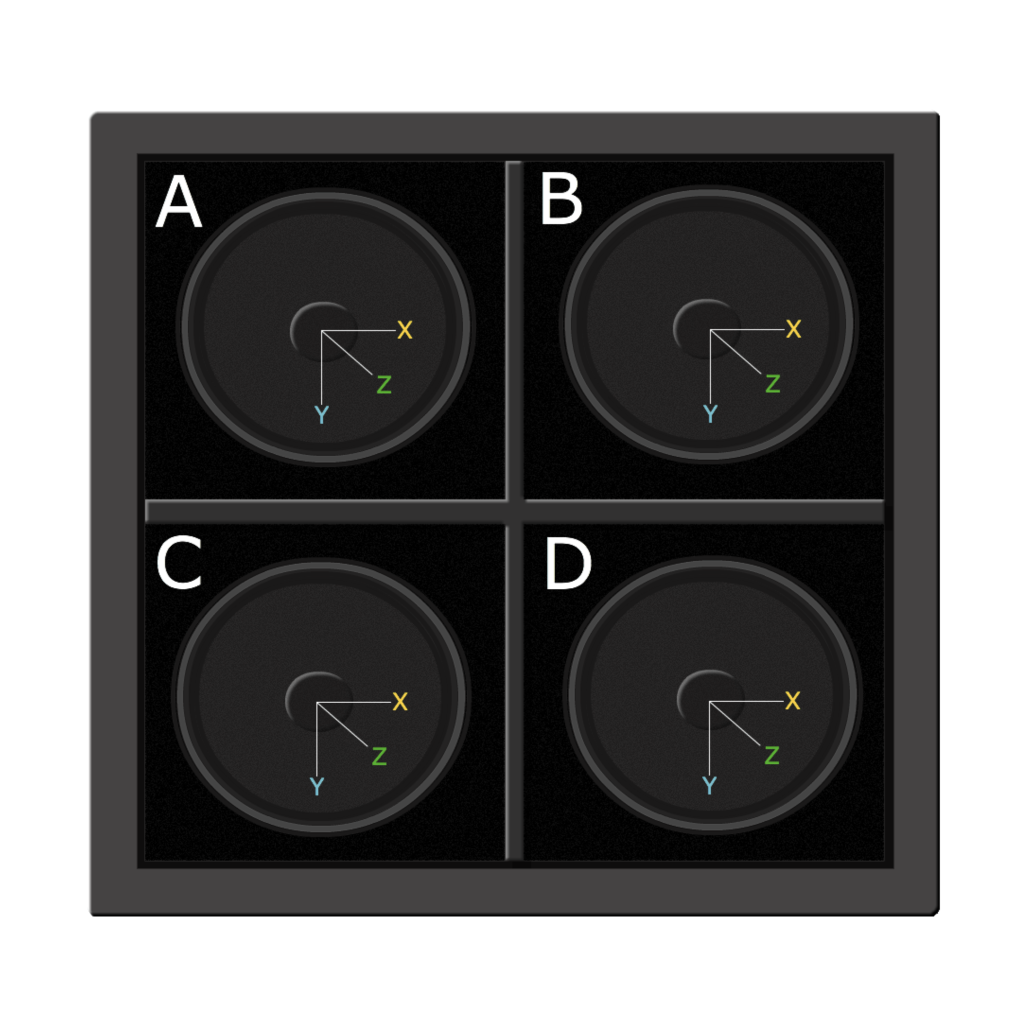Since we are ever closer to getting our Library up and running, I thought i would take the time to explain how we will keep track of all the Impulses-Resonses that will be uploaded.
Other than the brand and model of your cabinet and microphone, We decided to utilise XYZ mapping on the chosen speaker labeled alphabetically depending on how many speakers the cabinet has.

XYZ is measured in Centimeters, The center of the cap having the value of 0 with Z being how far away the microphone is placed from the actual speaker.
Example;

This allows other users to get visual understanding of how you decided to capture the speaker when recording your Impulse Response.

0 Comments